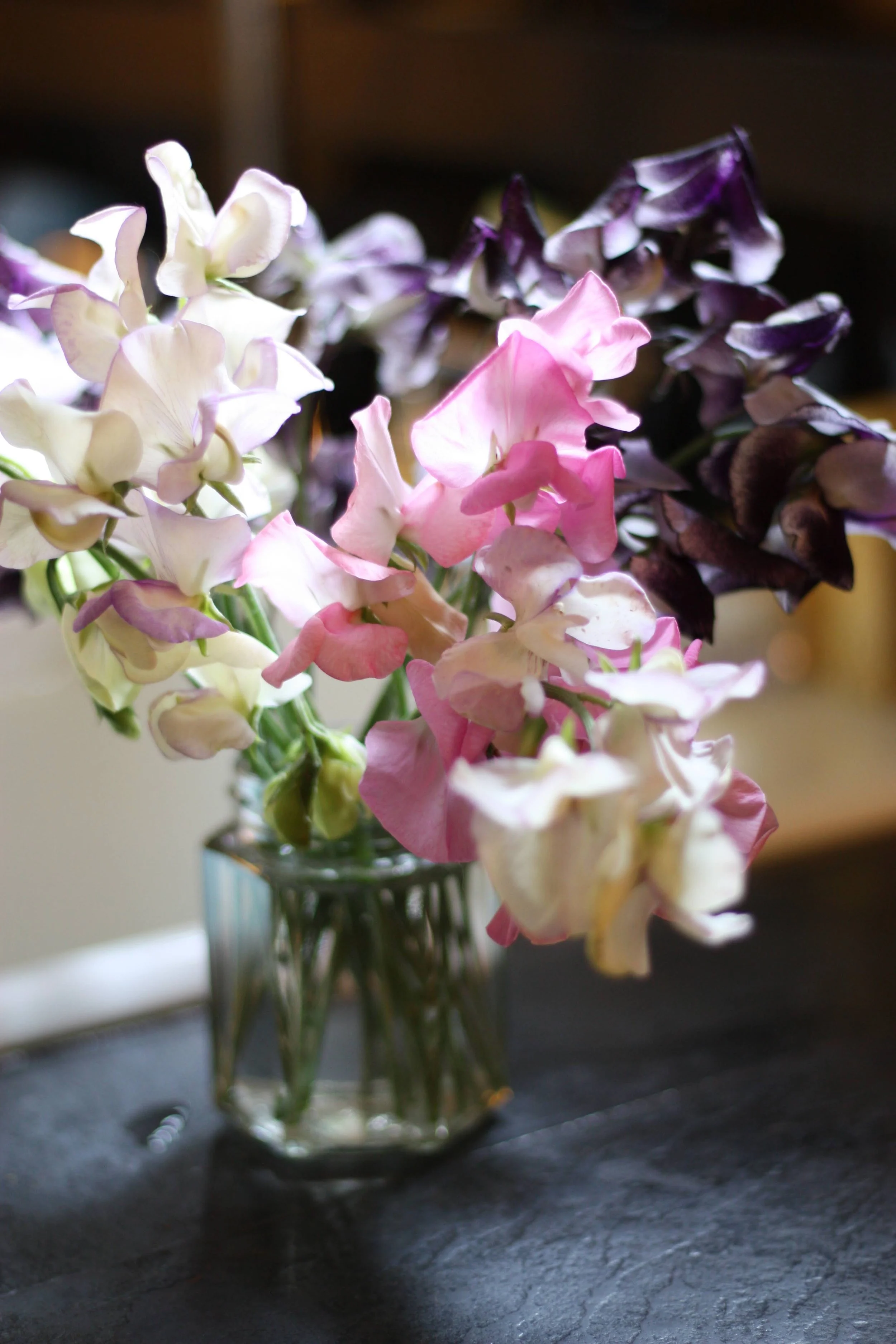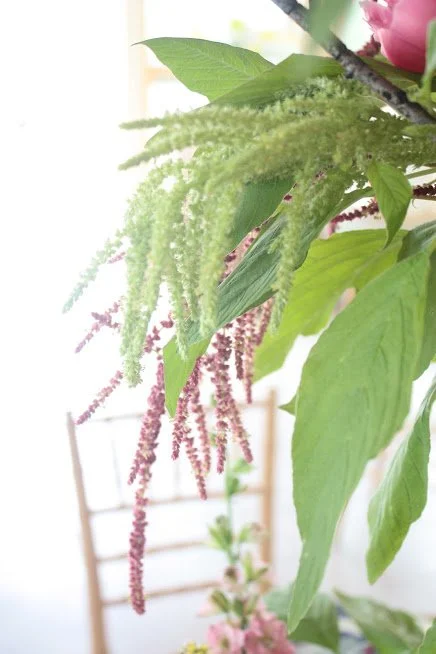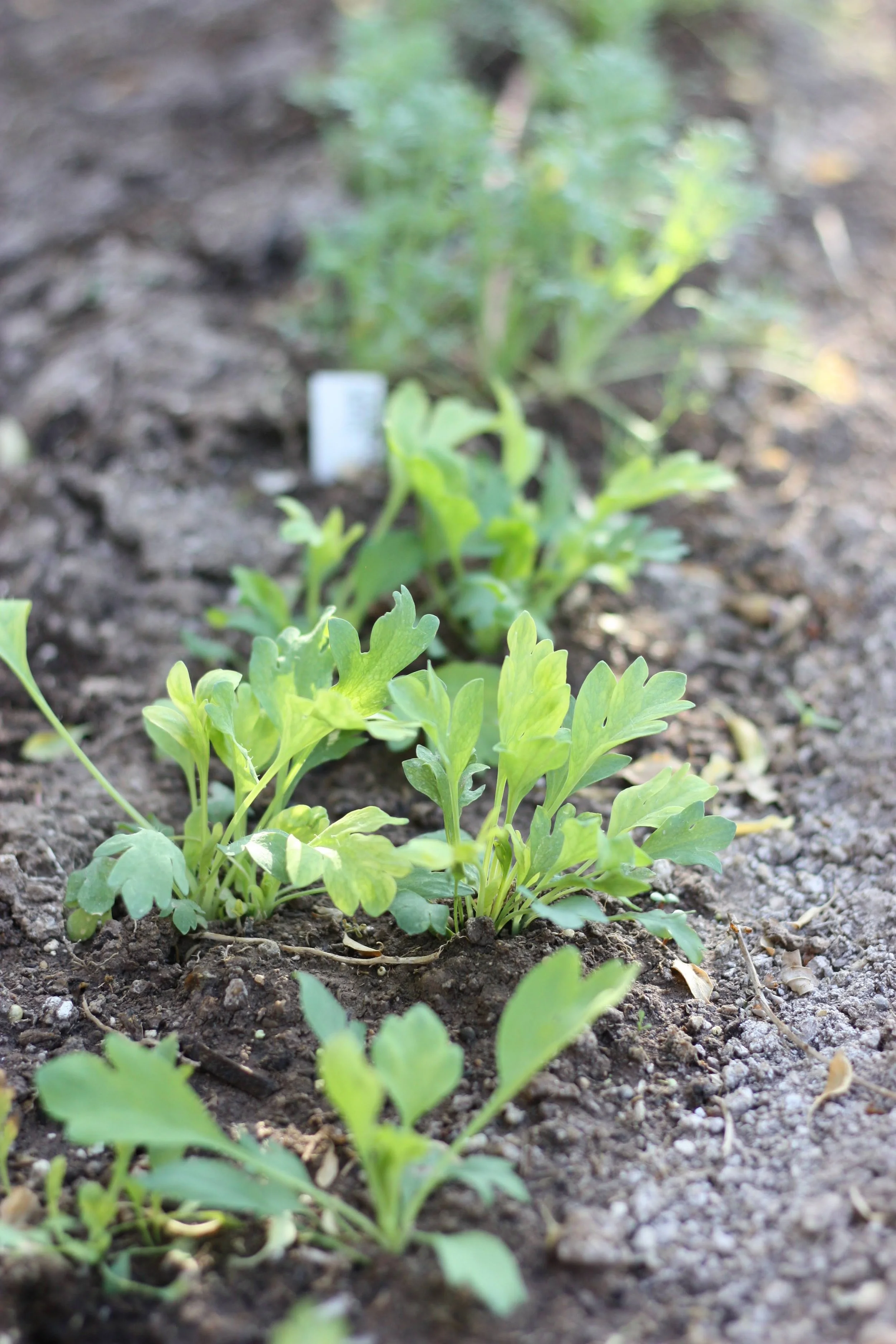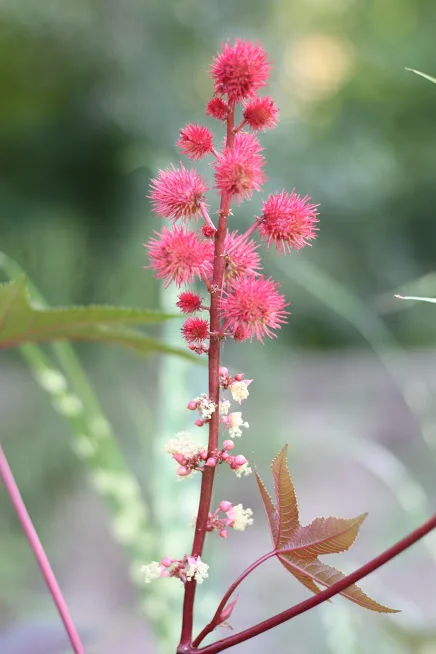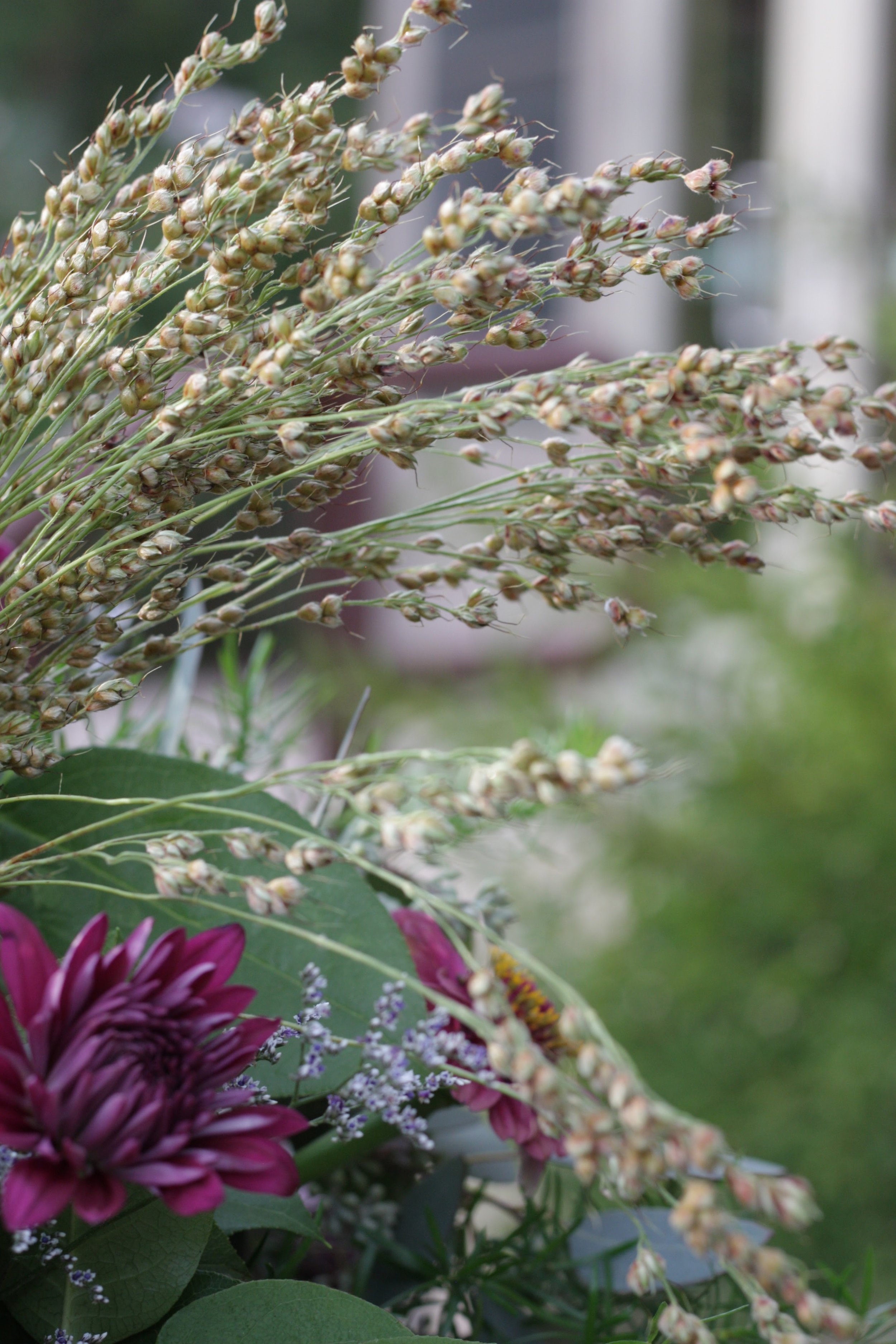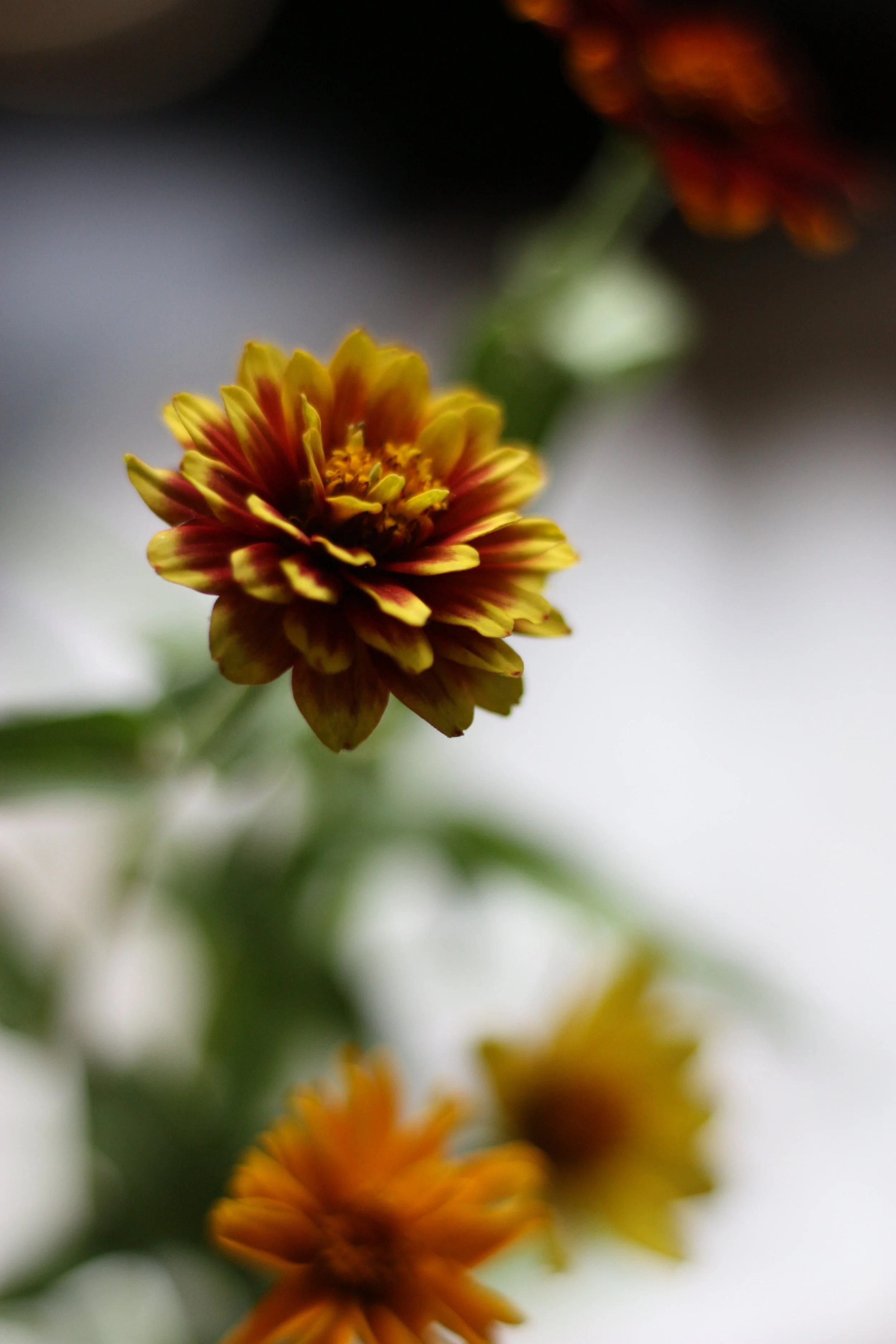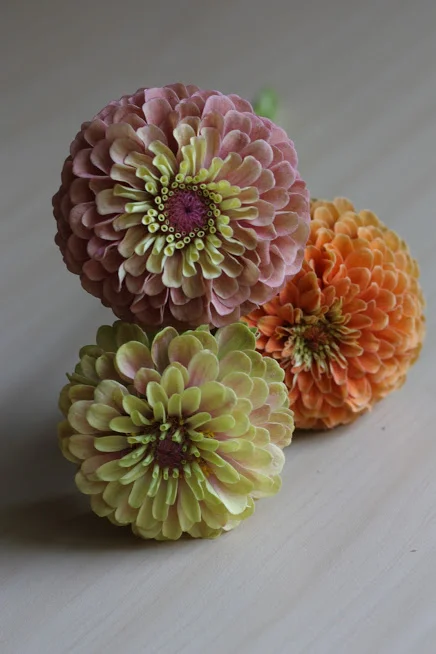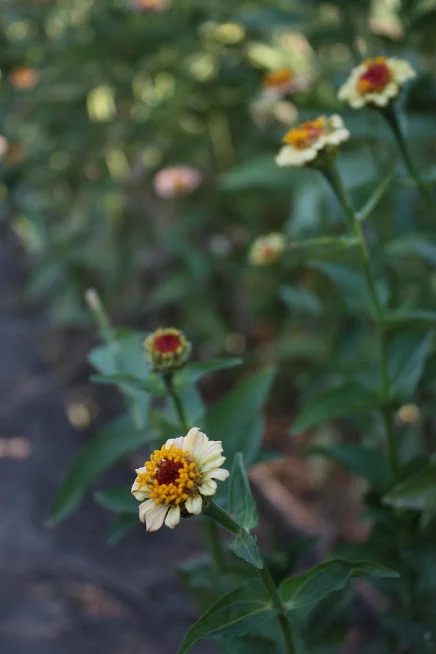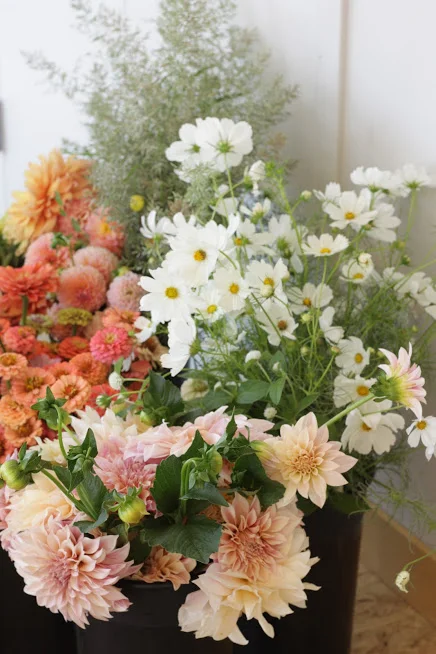
flower growing guides
Over the years, we have grown lots of flowers - both for personal gardening pleasure as well as for our floral farm and design business. Growing flowers can be tricky, especially if you’re growing for a business- so we wanted to share our expertise on how to grow an abundance of flowers all season long.
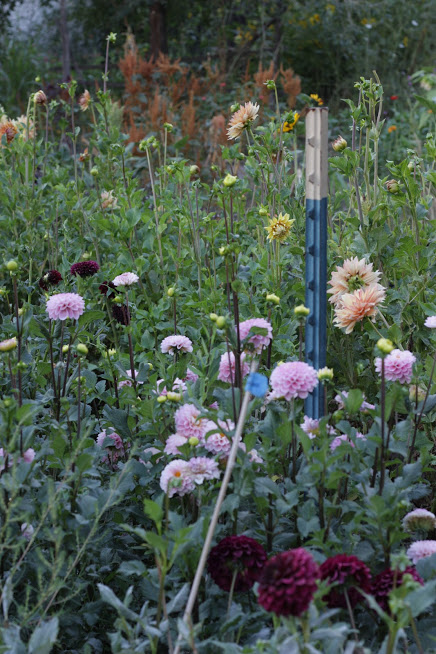
How to Grow Castor Bean (Ricinus) in the Garden and for Floral Design
The Glory of Zinnia Haageana (Aztec, Jazzy and Other Small Zinnias)
How to Grow Daucus (Chocolate Lace Flower, Queen Anne's Lace)
8 Easy Perennials to Take Cuttings from for Flower Farmers to Grow
12 Spring Blooming Bulbs to Plant for Cut Flowers (Anemones and Ranunculus)
How to Grow Orlaya for the Cutting Garden (and Floral Design)
Sedums are one of the most underrated and least frequently grown plants that flower farmers grow.
I think it’s a shame because sedums are one of the easiest perennials to grow, tolerating even the most harsh and unfavorable conditions while still getting bigger and better every year with little to no care whatsoever.
If you’ve been suffering with trying to grow finicky flowers like lisianthus and poppies and ranunuculus, you will find growing sedums to be very relaxing, carefree and allow you to spend your time on other things like tying sweet peas and staking dahlias. They literally require no care whatsoever aside from planting, are incredibly easy to propagate and maintain, and will provide you with a nice fall crop that is a break from the constant march of zinnias and dahlias all season long.
Inevitably every gardener is going to try growing dahlias at some point in their career. Whether it’s for showing in the local Dahlia society exhibition, cutting for arrangements or enjoying in the garden, dahlias are invaluable for their vigor and of course their amazing flowers.
And if you’re growing dahlias, no doubt you’ll be interested in growing the famous (or infamous depending on your personal opinion!) Cafe au Lait dahlia.
The one dahlia that everyone seems to love - retail customers, floral designers, gardeners, dahlia enthusiasts and casual observers all agree that its a spectacular dahlia. In fact, the only people that seem to dislike Cafe au Lait dahlias are flower farmers for a few very specific reasons - but we’ll get into that later on.
Castor Beans are as beautiful as they are deadly
Ricinus communis is a popular plant for British borders and home gardeners over the world. Although four to eight seeds can kill an adult human, there’s a lot to love about this plant.
First and foremost is the fact that they are one of the most coveted and favorite materials for our local florists. Seriously, we sell out of every single stem that we can offer (minus the ones we keep for ourselves of course!) and we can never grow enough.
Secondly, castor beans offer a look and presence in our personal garden that is unrivaled by any other plant. It’s broad leaves offer an exotic and striking look that you can’t really get with most other plants - and the fact that it also has the potential to be so dangerous just adds to its appeal and mystique.
Broomcorn is one of our favorite floral materials to grow in the garden and in arrangements, especially in the fall and is also one of our annual favorite grasses to grow!
Broomcorn is not actually a corn but is an ornamental sorghum - distantly related to sugarcane and big bluestem grass interestingly enough.
It usually grows as a single corn-like stalk, soaring upwards above our heads and growing quickly into a towering stalk of strappy foliage and bamboo-like stems, creating a jungle-like effect in the garden.
When it comes to zinnias, most people think of the large three to four inch zinnias like the Benary Giants, or at least the two inch zinnias like the Oklahoma series - all of the species Zinnia elegans.
Yet, most people don’t know about the tiny single-flowered varieties of the species Zinnia haageana variety that are around half an inch across to one inch at best.
They’re seriously tiny. And each flower is so miniscule with little skinny stems that it would take a lot of them to even fill up a small mason jar. I was never convinced that they would be worth growing, so I had ignored them for the past couple years.
If you’ve hung out with me or have read any of the ebooks, you’ll know that I’m a big big fan of the Queen series of zinnias.
A mid-sized zinnia, the Queen series consist of four varieties
Queen Red Lime
Queen Lime with Blush
Queen Lime
Queen Lime with Orange
Each of these varieties have a wonderful ombré gradient on their petals, fading from a soft lime green to another color (with the exception of the Queen Lime which is pure soft lime green) which makes them visually incredibly stunning - and when designing with them makes them an excellent flower for bridging between different color spectrums.
Benary Giant zinnias are the gold standard when it comes to zinnias. Great in form, comes in a variety of colors, and absolutely massive when it comes to their size - a good four feet tall (if not taller) with large 3-4” flowers that are absolutely stunning.
Also known as the Blue Point zinnia (which were specifically bred and marketed as a florist zinnia), the Benary Giants are some of the most commonly grown zinnias for flower farmers.
However, it’s not all great necessarily. My main issue with the Benary Giants is that they’re not consistently double for some of the colors - the Salmon color being the most inconsistent (which of course the salmon colored varieties would be!) and the seed can also be expensive (100 for $6)
I’ve noticed a lot of people asking recently about the best or favorite zinnias to grow.
Zinnias are kind of a hot-button topic for most people - even if you hate zinnias and won’t grow them, you’ll have a very definitive reason as to why - but most people, especially flower farmers love zinnias and grow boatloads of them all season long.
However, not all zinnias are created equal (in my opinion at least)
The most popular zinnias for flower farmers seem to be the following:
Benary Giant (or Blue Point) series
Queen (Queen Red Lime, Queen Lime, Queen Lime with Blush, Queen Lime with Orange, Queen Lime Mix) series
Oklahoma series
Zinderella series
So, you’re probably like us and purchased seeds of the Zinderella series of zinnias.
I mean, how could you not??
They look so amazing, like something out of a dream.
I had this image of fluffy, cupcake/scabiosa shaped zinnias in my mind. They look like little magical fairy landing pads to me - something that truly looks magical!
Cosmos are one of those garden plants that everyone seems to have grown at some point. Whether the usual wild pink variety of bipinnatus , the gold and orange sulphureus, or the fancier varieties like the ‘Double Click’ or ‘Cupcake’ series, all gardeners seem to fall in love with cosmos at one point or another.
A very easy plant to grow, cosmos are one of those garden plants that seemingly need little attention in order to thrive. In fact, they really seem to grow the best with neglect!
That’s not to say there’s not an art to growing them - especially if you’re going to be growing them for floral design.
